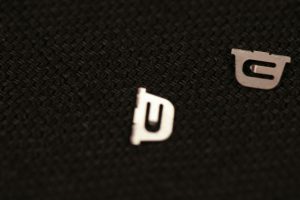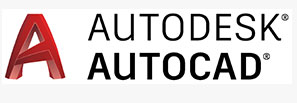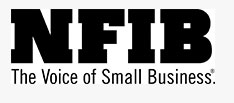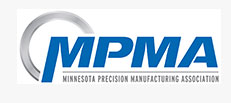 Metal stamping refers to a method of making a flat sheet of metal into a specific shape. This is a complex process with many metal forming techniques, including piercing and bending, punching, punching, and blanking. There are thousands of metal stamping companies in the United States. These companies offer stamping services to industries such as aerospace, medical, automotive, or other industrial applications.
Metal stamping refers to a method of making a flat sheet of metal into a specific shape. This is a complex process with many metal forming techniques, including piercing and bending, punching, punching, and blanking. There are thousands of metal stamping companies in the United States. These companies offer stamping services to industries such as aerospace, medical, automotive, or other industrial applications.
Global markets are evolving and growing, which means there is strong demand for high-quality, complex metal parts in large quantities. Metal stamping is an economical and quick solution to large-scale manufacturing stamping requirements. Manufacturers who are looking for metal stamped parts will generally look for three important characteristics: low cost, quick turnaround time, high quality, or durability.
There are three main types of metal stamping techniques. There are three main types of metal stamping techniques: fourslide (deep draw), fourslide (progressive). A progressive die stamping process, for example, would consist of a number stations with unique functions. The process starts with the strip metal being fed into a progressive stampeding press. The strip will be unrolled from a coil and into the die press. Each station will perform a different punch bend or cut. Each station will continue to add work until the part is complete. Progressive die stamping has many advantages, including lower labor costs, shorter runs, quicker turnaround times, and greater repeatability.
Multi-slide (or fourslide) will have 4 slides and horizontal alignment. This type of process involves four different tools to shape the metal simultaneously. This process is ideal for intricate and complex cuts and bends. This type of stamping has many benefits. It allows for greater flexibility in design changes and is more versatile for complex parts.
A punch is used to make a die from a blank metal sheet. Then it shapes the metal sheet into a shape. This type of stamping is ideal for components with multiple diameters. This is an economical alternative to turning. Turning will usually require more materials. This stamping technique is used to make cookware, utensils, electronic relays and other automotive components.
Look for companies with years of experience when choosing a stamping business. Experiential companies can help reduce turnaround times and lower costs.





